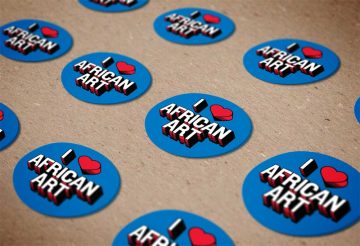Related pages: The Kingdom of Benin | The Raid on Benin, 1897
Previous Benin Plaque research – The Raid on Benin, 1897
After centuries of power, a single event marks a stark turning point in the history of the Benin kingdom. James Phillips, an official in Britain’s Niger Coast Protectorate, led an unarmed trading expedition to Benin City in January 1897. To prevent the British party from interfering with annual royal rituals, some chiefs, acting against Oba Ovonramwen’s wishes, ordered the expedition attacked. Six British officials and almost 200 African porters were killed.
Britain responded immediately, mounting a so-called punitive expedition to capture Benin. The palace was burned and looted in February 1897, and the oba was exiled. To break the power of the monarchy, the British confiscated all of the royal treasures, giving some to individual officers but taking most to auction in London to pay for the cost of the expedition. The looted objects eventually made their way into museum and private collections around the world. The objects remain contested today, with some Nigerian scholars and museum professionals and the royal court of Benin advocating for their return.
Consistent with best practices followed by museums worldwide and in compliance with international conventions on the protection of antiquities and cultural property as well as endangered plants and animals, the National Museum of African Art requires rigorous research to determine the provenance of objects acquired for the collection. The museum is proud of its longstanding collaboration with Nigeria’s National Commission for Museums and Monuments, including the gift of the exhibition Chief S.O. Alonge: Photographer to the Royal Court of Benin, Nigeria in 2017—this museum’s first exhibition to travel to the African continent. The museum continues to publish and exhibit its collection of works from the Benin kingdom in order to educate the public about the significance of Benin’s history and arts.
Royal plaques
According to court historians and the accounts of early 17th-century Dutch travelers, the oba (king) of Benin once covered the posts of his palace courtyard with hundreds of copper alloy plaques, such as those on view..
Plaques are individually molded and cast with molten copper-based metal. While some plaques have narrative scenes, such as battles and hunts, most—like these examples—have one, two, or more male figures in royal attire carrying court regalia, such as swords, bows, and gongs. Close inspection of the plaques reveals a high level of technical expertise and a wealth of historical detail that provides a glimpse into Benin court life centuries ago.
